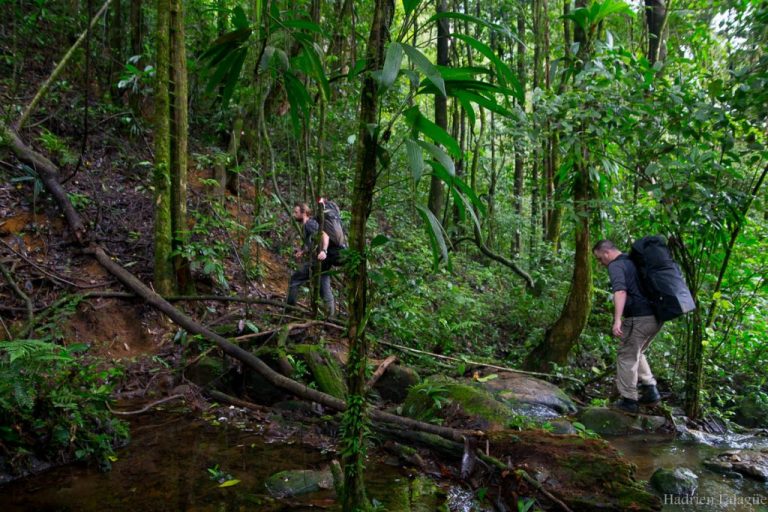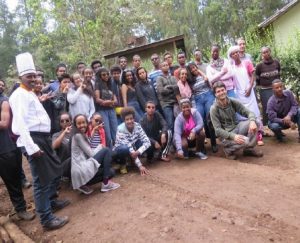Genetic, epigenetic and microbiome of an earthworm species at Chernobyl

En construction
Lindsay K Newbold 1, Alex Robinson 1, I Rasnaca 1, Elma Lahive 1, Gweon H Soon 2, Emmanuel Lapied 3, Deborah Oughton 3, Sergey Gashchak 4, Nicholas A Beresford 5, David J Spurgeon 6
1Centre for Ecology and Hydrology, MacLean Building, Benson Lane, Wallingford, Oxon, OX10 8BB, UK.
2Centre for Ecology and Hydrology, MacLean Building, Benson Lane, Wallingford, Oxon, OX10 8BB, UK; School of Biological Sciences, University of Reading, Whiteknights, Reading, Berkshire, RG6 6AH, UK.
3Centre for Environmental Radioactivity, Norwegian University of Life Science, 1430 As, Norway.
4Chornobyl Center for Nuclear Safety, Radioactive Waste and Radioecology, Slavutych, Kiev Region, Ukraine.
5NERC Centre for Ecology & Hydrology, Lancaster Environment Center, Library Av., Bailrigg, Lancaster, LA14AP, UK.
6Centre for Ecology and Hydrology, MacLean Building, Benson Lane, Wallingford, Oxon, OX10 8BB, UK. Electronic address: dasp@ceh.ac.uk.
The effects of exposure to different levels of ionising radiation were assessed on the genetic, epigenetic and microbiome characteristics of the “hologenome” of earthworms collected at sites within the Chernobyl exclusion zone (CEZ). The earthworms Aporrectodea caliginosa (Savigny, 1826) and Octolasion lacteum (Örley, 1881) were the two species that were most frequently found at visited sites, however, only O. lacteum was present at sufficient number across different exposure levels to enable comparative hologenome analysis. The identification of morphotype O. lacteum as a probable single clade was established using a combination of mitochondrial (cytochrome oxidase I) and nuclear genome (Amplified Fragment Length Polymorphism (AFLP) using MspI loci). No clear site associated differences in population genetic structure was found between populations using the AFLP marker loci. Further, no relationship between ionising radiation exposure levels and the percentage of methylated loci or pattern of distribution of DNA methylation marks was found. Microbiome structure was clearly site dependent, with gut microbiome community structure and diversity being systematically associated with calculated site-specific earthworm dose rates. There was, however, also co-correlation between earthworm dose rates and other soil properties, notably soil pH; a property known to affect soil bacterial community structure. Such co-correlation means that it is not possible to attribute microbiome changes unequivocally to radionuclide exposure. A better understanding of the relationship between radionuclide exposure soil properties and their interactions on bacterial microbiome community response is, therefore, needed to establish whether these the observed microbiome changes are attributed directly to radiation exposure, other soil properties or to an interaction between multiple variables at sites within the CEZ.
L’article original : Genetic, epigenetic and microbiome characterisation of an earthworm species (Octolasion lacteum) along a radiation exposure gradient at Chernobyl






